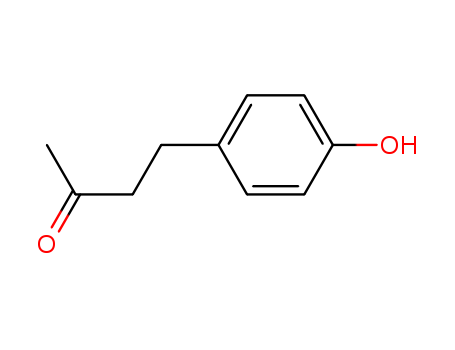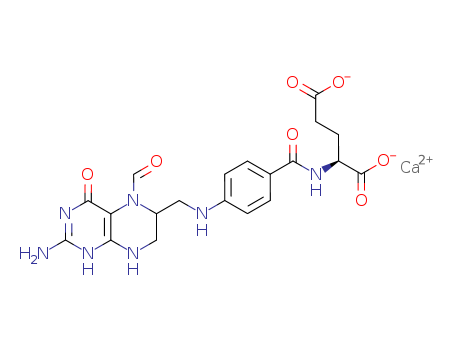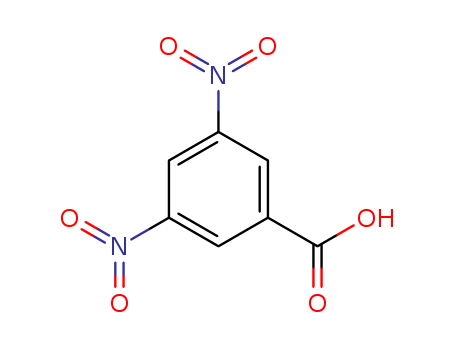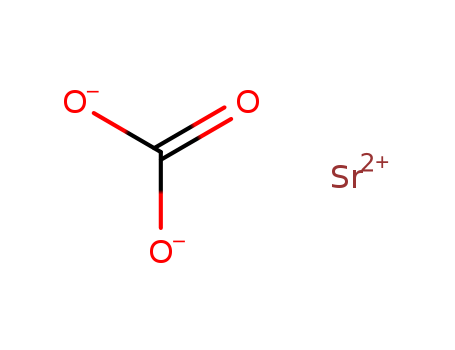|
Chemical properties
|
It appears as white needle crystal or granular solid, exhibiting raspberry aroma and fruit aroma. The melting point temperature is 82~83 °C. It is insoluble in water and oil, being soluble in alcohol, ether and volatile oil.
The natural products exist in raspberry (raspberry) and so on. |
|
Uses
|
1. Raspberry Ketone is used in the preparation of food spices with sweetening effect, can also be used for cosmetics and soap flavor. 2. Raspberry Ketone is widely used in strawberry, raspberry, pineapple, peaches and other food flavors, usually used as a fixing agent in the fruity flavor. In daily flavor, it can be used in formulations such as jasmine, gardenia flowers and tuberose. As a modifier, it can be used in jasmine, gardenia, tuberose and other fragrant daily flavor. In food flavors, it is mostly used for strawberries, pineapple, peaches, plums, mayberry and other fragrance. In medicine, it is mostly used as intermediates. |
|
Production method
|
3.5mol 15% sodium hydroxide is first added to the reactor, and 2 mol of acetone and 1mol of p-hydroxybenzaldehyde are added dropwise under stirring. The temperature is controlled between 20 and 30 DEG C, and the stirring reaction is continued for 20 hours. The solid sodium salt of 4-p-hydroxyphenylbutene-3-ketone-2 was obtained after filtering, further dissolved in water, and then acidified with hydrochloric acid to precipitate 4-p-hydroxyphenylbutene-3-ketone-2, further filter and dry for further application.
The autoclave was supplied with 100 g of the intermediate and 5 g of the nickel catalyst, and the atmosphere was replaced with hydrogen. The mixture was heated to 120-140 °C and reacted at a pressure of 0.98 MPa for 1.5 h. After cooling, the catalyst was filtered off, the raspberry ketone content was 89% and the hydrogenation yield was 92%. The crude product above is subject to vacuum distillation once with further recrystallization of 1-2 times getting white crystals with the melting point of 82 ° C.
Phenol route
94g phenol and 85% phosphoric acid mixed catalyst were added into the reactor, 70g methyl vinyl ketone was added dropwise in 40min, the temperature was maintained at 15-20 ℃, and the reaction was stirred for 4h. After completion of the reaction, the reaction mixture was washed with water until neutral, and 63 g of phenol was distilled off under reduced pressure to obtain 25 g of a product having a melting point of 81.5 to 82.5 ° C and a yield of 80%.
It is obtained through the condensation between hydroxybenzaldehyde and acetone and further hydrogenation.
It is obtained through the condensation between the ketone acid and phenol. |
|
Description
|
4-(p-Hydroxyphenyl)-2-butanone has a sweet, fruity, raspberry
preserves odor. May be prepared by catalytic hydrogenation of phydroxy-benzylidene acetone in the presence of platinum black in
ether or methanol or in the presence of palladium absorbed on
charcoal. |
|
Chemical Properties
|
4-(p-Hydroxyphenyl)-2-butanone has a sweet, fruity, raspberry preserves–type odor. |
|
Occurrence
|
Reported found European cranberry, raspberry, blackberry, loganberry and sea buckthorn (Hippophae rham�noides L.). |
|
Definition
|
ChEBI: A ketone that is 4-phenylbutan-2-one in which the phenyl ring is substituted at position 4 by a hydroxy group. It is found in a variety of fruits including raspberries, blackberries and cranberries, and is used in perfumery and cosmetics. |
|
Taste threshold values
|
Taste characteristics at 40 ppm: fruity, jamy, berry, raspberry, and blueberry with seedy, cotton candy nuances |
|
Synthesis Reference(s)
|
The Journal of Organic Chemistry, 41, p. 1206, 1976 DOI: 10.1021/jo00869a026Synthetic Communications, 19, p. 1109, 1989 DOI: 10.1080/00397918908051034 |
|
Flammability and Explosibility
|
Nonflammable |
|
Safety Profile
|
Poison by intraperitoneal route. Moderately toxic by ingestion. Flammable liquid. When heated to decomposition it emits acrid smoke and irritating fumes. See also KETONES. |
|
Who Evaluation
|
Evaluation year: 2000 |
























